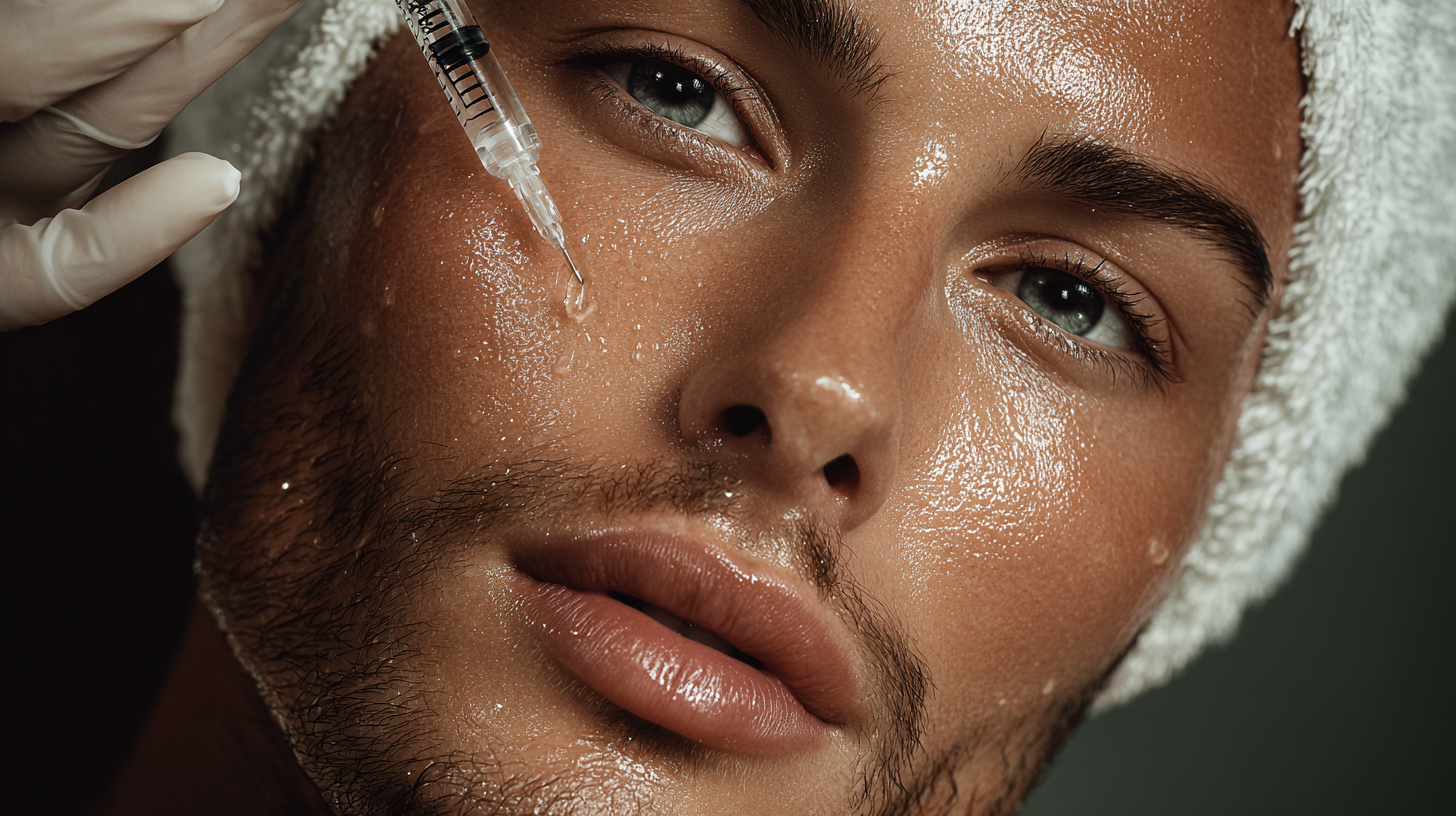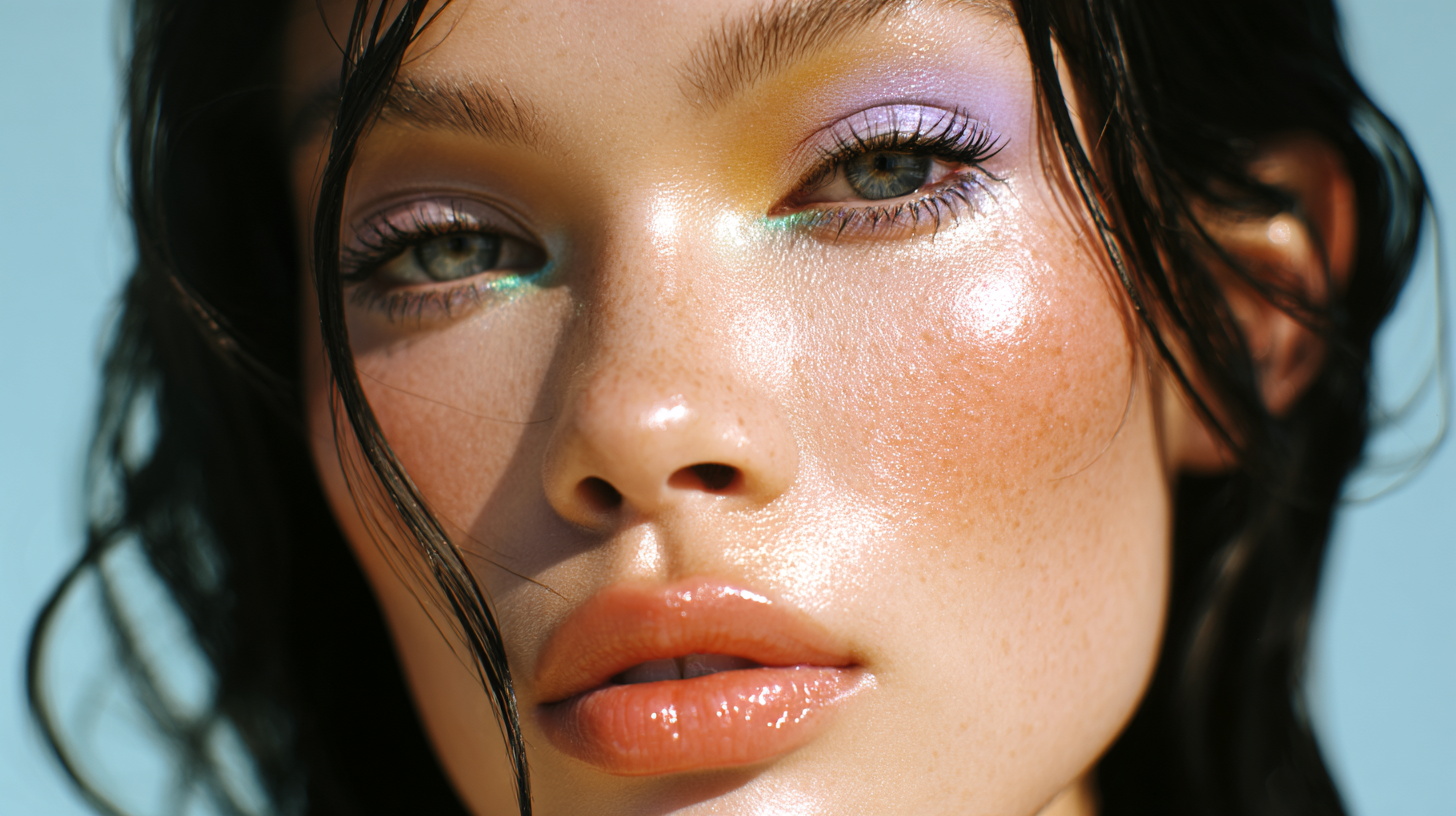Micro-needling in a Bottle is the Next K-Beauty Trend
We live in the age of virality. Everything that becomes popular on social media is something we want to try, but… as we know, not everything that is popular on TikTok or Instagram is good for our skin? Here comes the latest K-beauty trend: microneedling creams. A type of skincare not suitable for every skin type.
What are microneedling cosmetics?
These are cosmetic products, available in serum or cream formats, that contain spicules derived from freshwater sponges. These spicules can exist without any associated ingredients or be coated with encapsulated actives such as retinol or extracts. They penetrate the superficial layers of the epidermis, creating microchannels that enhance the absorption of actives or, in the second case, release the encapsulated ingredients. These products come in varying concentrations of spicules to help the skin gradually adapt.
Where does the trend originate?
This type of cosmetic, as well as the raw material manufacturers, originates in Asia. A Korean brand popularised a microneedling cream, and of course, when you introduce something different to the market and Europeans see it, virality is guaranteed.
How does it work? How is such a cosmetic created?
The spicules are obtained from freshwater sponges through a hydrolysis or breakdown process and are primarily composed of silica. It’s worth noting that sponges belong to the animal kingdom, so if you’re vegan, this product isn’t for you. Once the spicules are extracted, they are often coated with encapsulated cosmetic actives. When applied and penetrated into the epidermis, they stimulate microcirculation, create microtears in dead skin layers to accelerate renewal and exfoliation, and release the encapsulated actives.
What are its 'miraculous' effects?
The effects are similar to those achieved with classic, gentler skincare ingredients like chemical exfoliants. Microneedling creams improve the texture and appearance of the skin by speeding up the renewal process of the epidermis.
Do they replace existing products, or are they an additional step?
One might assume that due to the presence of spicules and actives, the effects on the skin would be more noticeable. However, since they create minor wounds on the superficial skin, the actives used are gentle and in low concentrations. As such, they are not a replacement for current skincare products. This is more of a trend. People enjoy feeling an immediate effect when applying something – in this case, the sensation of the spicules – which leads them to believe it’s more effective. It’s similar to how people associate skin peeling from retinol use with effectiveness, even though peeling isn’t necessary for its benefits.
How is microneedling cosmetics different from professional microneedling?
They are entirely different, as are their benefits. While both aim to create small channels in the skin, the outcomes differ.
Microneedling cosmetics act only on the skin’s surface, the epidermis, as its thickness exceeds the length of the spicules. This results in accelerated cell turnover (like exfoliation) and improved absorption of actives.
In contrast, professional microneedling allows for control over the number of needles, the number of passes, and the depth of the micro-injuries. The needles can penetrate the dermis, which is where the real magic happens. By creating small wounds in the dermis, we stimulate the production of components in the extracellular matrix, such as collagen, which supports the skin’s structure, improving wrinkles and scars.
Is it dangerous to use microneedling cosmetics?
It’s not dangerous if you know what you’re doing. However, whether it’s the best choice for your skin is a different question. In my opinion, considering that many skin issues, such as acne or the worsening of hyperpigmentation or melasma, are caused or influenced by disruptions in the skin barrier.
Additionally, it’s important to remember that consumers often lack knowledge about how to care for their skin. How many times has someone caused skin issues by using retinol every night without prior experience and ending up with irritation? Now imagine that with microneedling cosmetics…









